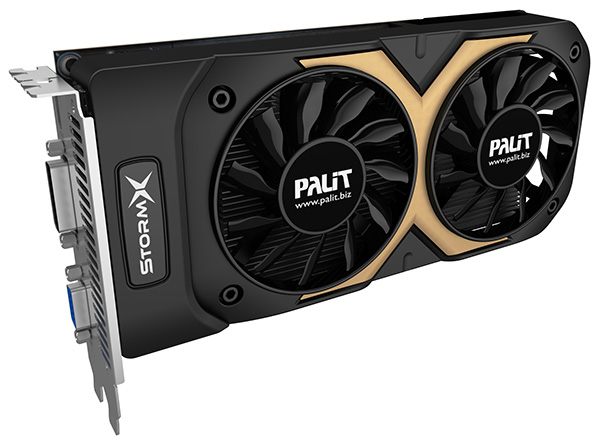Something interesting is happening in the desktop graphics market: Nvidia, a trendsetter for gaming experiences to come, has chosen to debut its latest and greatest architecture in a mainstream 60W card.
Sure, bigger, meatier, hungrier and more powerful variations are bound to come, but the launch of the GeForce GTX 750 Ti is a sign of the times, and further proof that energy-efficient processing is where the industry's priorities lie.
Not that we're complaining, mind. Designs that take delicate sips of juice from our power supplies are great at circumventing unwanted graphics-card traits such as noise, high power consumption and excess heat. Though, this does present a problem for add-in-card partners who have invested heavily in lavish cooling solutions designed to tame hot-running monsters.
Historically speaking, a new architecture launch is followed by partner cards that overclock the core, repurpose existing coolers, and then vie for performance superiority. A range of said cards are expected to bring the Maxwell goodness to retail stores in the coming days, and one such example is the Palit GeForce GTX 750 Ti StormX Dual.

Looks more impressive than Nvidia's reference design, wouldn't you say? Palit's board measures 216mm in length (roughly 60mm longer than reference) and uses dual fans to further reduce the temperature of the cool-running 60W GPU.
Palit's new design certainly looks the part and, as expected, it's accompanied by a healthy out-the-box overclock. By default, the peak core speed is ramped-up from 1,085MHz to a can-that-be-real 1,281MHz, and the 2GB GDDR5 frame buffer sees similar gains in moving from a reference 5,400MHz to a tastier 6,008MHz.
Faster frequencies and improved cooling are the key selling points, though it's interesting to see that Palit has mixed-up the display outputs, too. Moving away from Nvidia's default trio of two dual-link DVI and mini-HDMI, this custom board opts for mini-HDMI, dual-link DVI and VGA. A step backwards, we feel, and it's a shame Palit didn't make full use of the dual-slot design by including four outputs.
Still, the StormX Dual is shaping up to be one of the fastest GTX 750 Ti cards available at launch, and we'll be putting it through its paces in a full review in the very near future. What we can take away right now is that it's going to take a while for add-in-board partners to make the transition to smaller, lighter, more efficient designs. The likes of WindForce, SuperClocked and JetStream won't become CalmBreeze, DownClocked and GentleStream overnight.













